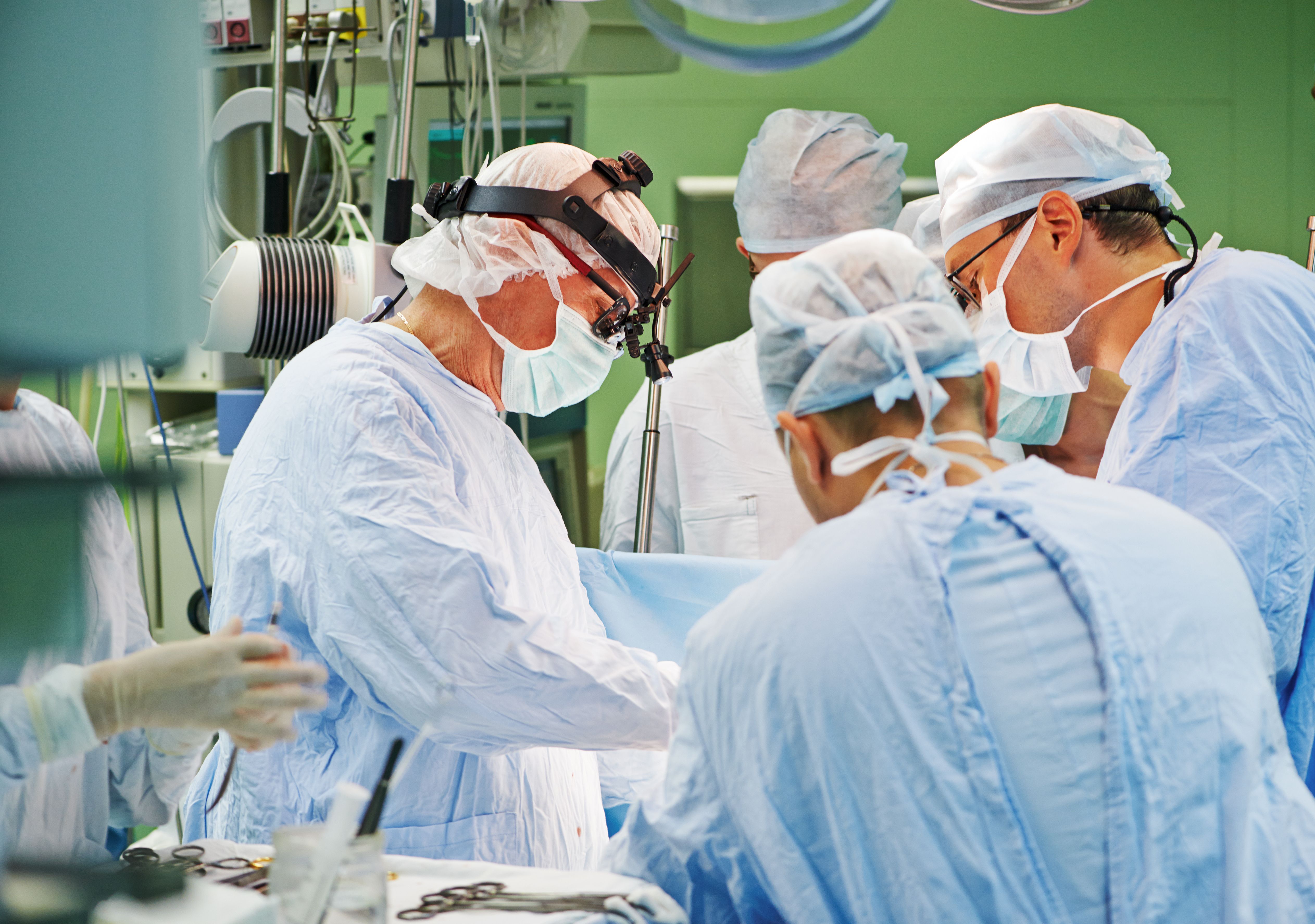
While we often rely on non-invasive treatments to address problems, some patients need orthopedic surgery to provide the greatest degree of repair. Whenever surgery is required, we use the most advanced techniques, which includes robot-assisted surgical equipment. We take care to educate patients on their treatment options, as well as the many benefits of robot-assisted surgery.
What Is Robot-Assisted Surgery?
Before we get into the numerous benefits of robot-assisted surgical equipment, let us give a brief explanation of how robot-assisted surgery works. Robot-assisted surgery is an advanced form of laparoscopic surgery. Like traditional laparoscopic surgery, robot-assisted surgery requires much smaller incisions than other surgical techniques.
Using just a small incision, surgeons are able to use computer-operated and self-controlled robots, as well as a video camera, to assist in the control of surgical instruments. The instruments are controlled by the surgeon using a computer console. This advanced technology provides surgeons and patients with significant benefits.
Enhanced Visualization
When robot-assisted surgical equipment is used, a small video camera is also inserted through the surgical incision. The video camera takes images that are projected onto a computer screen. This provides surgeons a clear view of the surgical site, as well as surrounding tissues, without requiring them to make a large incision that completely opens up the body. The enhanced visualization provided by robot-assisted surgical equipment minimizes the risk of surgical error.
Greater Control and Precision
Not only are our surgeons able to see more clearly when robot-assisted surgical equipment is used, but they also have greater control and precision. The small computer-operated instruments are easy to manipulate, even in small surgical areas. And the robotic arms that control the surgical instruments are able to move 360 degrees, so surgeons have greater control and flexibility, and are able to make more precise operations.
Reduced Risk of Infection
Any surgical procedure carries a degree of risk. The most common risk of surgery is infection, which most often affects the surgical incision. Because robot-assisted surgery requires a much smaller incision than other surgical techniques, there is less blood loss during surgery, reduced discomfort during recovery, and a lower risk of infection.
Smaller Scars
A smaller surgical incision also means that patients will be left with a smaller scar. Laparoscopic incisions are usually about half an inch in length, and they are typically placed on an area of the body that allows any remaining scar to be easily hidden.
Faster Recovery
Robot-assisted surgery is minimally invasive compared to traditional surgical techniques. A smaller incision and less blood loss both amount to a shorter hospitalization and a faster and smoother recovery period for our patients. Many routine functions and activities (aside from heavy lifting or strenuous exercise) can be resumed within two to three weeks after robot-assisted surgery.
Send Us a Message
If you'd like to learn more about the benefits of robot-assisted surgery, the surgeons at Orthopaedic Specialists of Austin would be happy to answer any questions you may have. To get in touch with our team and schedule a visit, send us a message using our online form or call (512) 476-2830.
